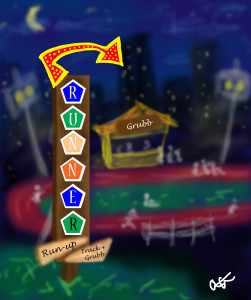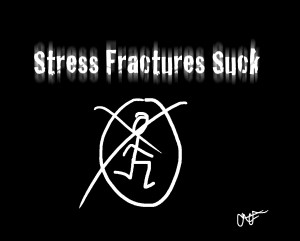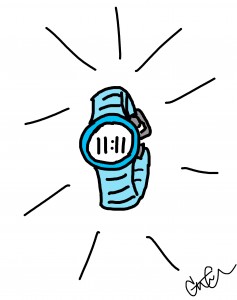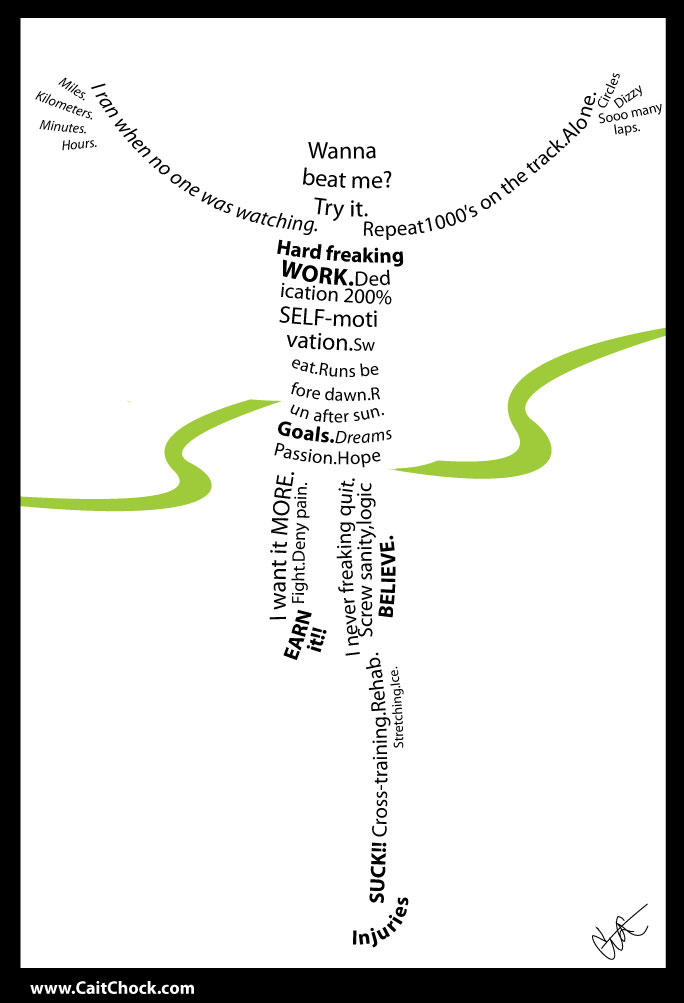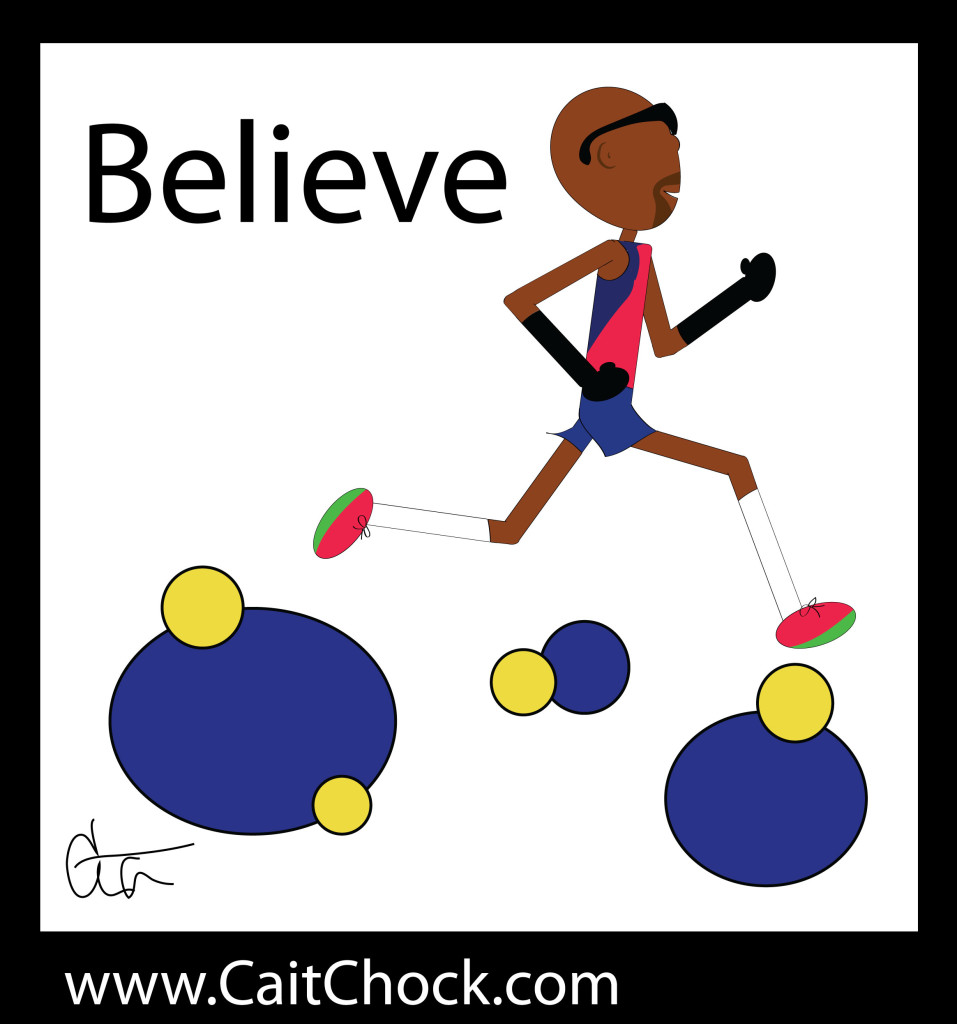Everyone wants to run faster, right? Part of getting faster is of course doing the shorter repeats; one must build that explosive power of course. BUT, there’s another part to getting faster and it’s training your BRAIN and nervous system to respond at a quicker rate.
A runner can’t utilize that explosive power to run faster without the nerve and synapse networks first being created to ‘tell’ your foot to move faster off the ground. Isn’t science and the brain cool?
The neuromuscular part of training isn’t something every runner is aware of, but if you’re not addressing it you can run all the 200’s in the world and not really be tapping into your full potential. I’ve written a few articles about the neuromuscular training and how it relates to runners:
* The Multi-Level Approach to Getting Faster
* Work on Getting Faster in Tri-Fecta Form
One of the exercises I mention are ‘Quick Feet Box Taps’. I got an email from someone who wasn’t quite sure if they were doing them right so I decided to make a little video.
You can also find it on my Instagram page. Start with a set of 15-30 seconds and see how many taps you can get. REMEMBER it’s QUALITY over quantity. If you’re getting slopping you’re going to start reinforcing bad habits and that will defeat the purpose. Work up to two sets and do the 3 times a week…preferably as part of your dynamic warm-up routine before workouts or immediately following the workout. It can be fun to watch yourself improve with more taps every week…you know us runners and that competitive spirit. 😉 But again, quality over quantity…so if you have to start slow that’s what you need to do!
What, you love my shirt too?! Well, thanks…it’s my Ezzere Runner Face Tee! 🙂
Happy Saturday my runner friends. Get those feet firing off the ground, coupling neuromuscular training and speedwork, and watch your PR’s get faster! 🙂




